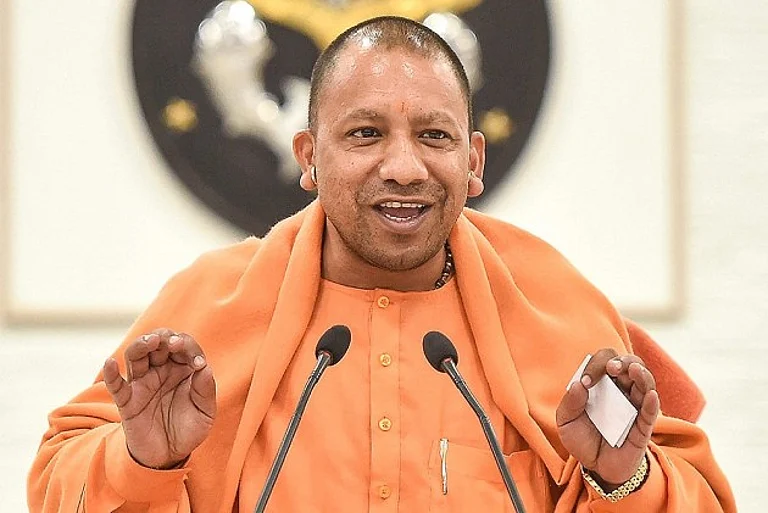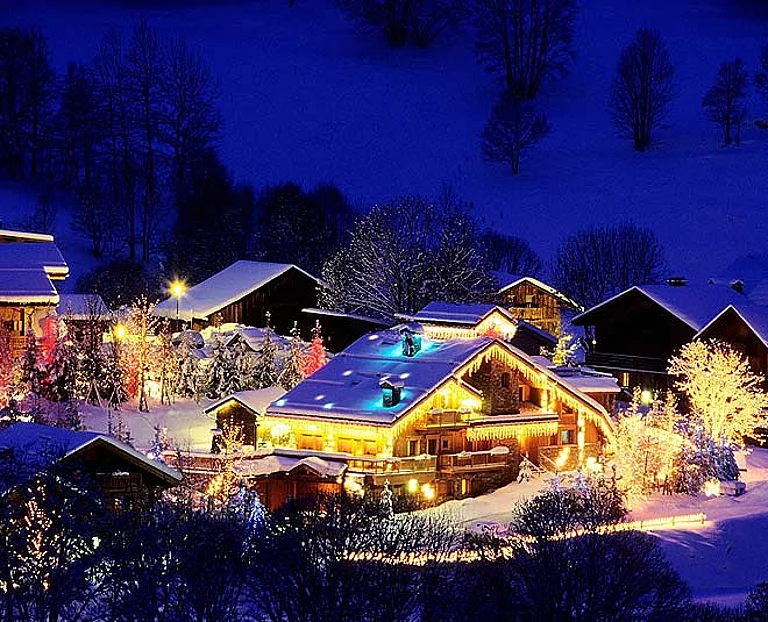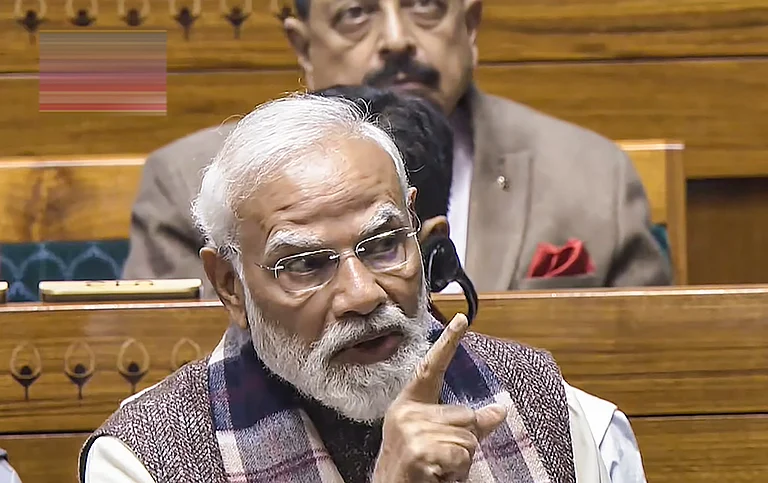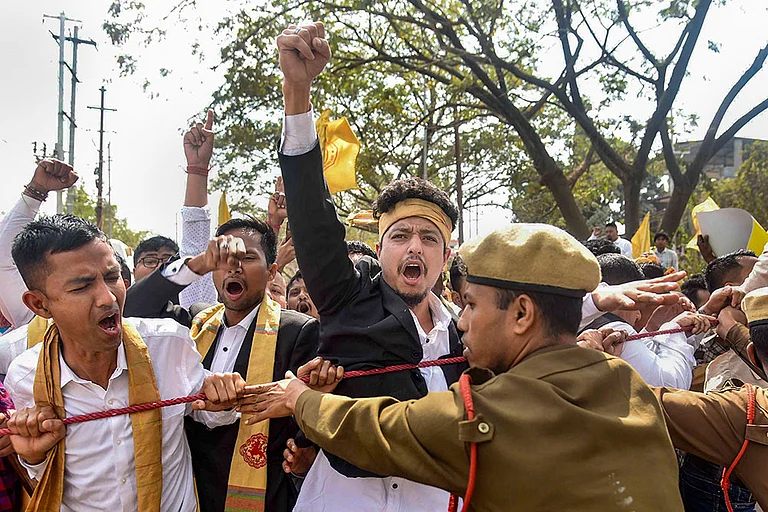In 1929, when John Simon visited Kohima with the Indian Statutory Commission, a 20-member team of the Naga Club, a political organisation formed by Naga war veterans (part of the Labour Corps) of WWI, village headmen, interpreters, government officials and priests, handed over a memorandum to the then British Parliamentarian.
This was considered as the first consolidated political approach of the Nagas seeking self-determination that told Simon, “to leave us alone to determine for ourselves as in ancient times”. Nine decades later, the struggle for a separate homeland for the Nagas still continues. A continued resistance for a Greater Nagalim that brings together all Naga-inhabited areas of Assam, Manipur, Arunachal Pradesh, and Myanmar, has made present-day Nagaland, home to different tribes and languages is one of India’s main insurgency-affected areas.
Who are the Nagas?
As the descendants of the Indo-Mongoloid ethnic races, Nagas are indigenous tribes residing in the mountain frontiers of Northeast India and North-western Myanmar. Out of the 3.5 million Nagas, about 2 million reside inside the Indian frontier. The Nagas consists of 16 main tribes and over 60 subtribes as per different estimates. Traditionally, they are known as the old warrior tribe for their amazing survival skills in difficult high terrains.
The origin of the Nagas is obscure. It is believed that they migrated from a region in between the Yellow and Yangtze rivers in China since 10th-century BC. Some believe that the Nagas were forced to leave during the construction of the Great Wall of China. Some of their ancient settlements were found around the Irrawaddy and Chindwin rivers in Burma (present Myanmar). From there, they spread to Assam, Manipur, and Arunachal Pradesh.
From an independent tribe to becoming part of British India
The Nagas were pretty much on their own when the then undivided Assam (consisting of the Seven Sisters) was ruled by the Ahom dynasty since 1268 AD. According to the journal, Ahom Policy towards the Neighbouring Hill Tribes, Clashes with the Nagas were very common. To pacify them, revenue-free land, and water bodies for fishing, along with Paiks were granted to the Noctes, Konyaks, Aos and the Lothas (Lhota)—Naga tribes living on the southern borders of the present Dibrugarh and Sibsagar district. In return for this, the Nagas had to acknowledge the over lordship of the Ahoms and pay annual tributes. This conciliatory policy towards the Nagas was of immense help to the Ahoms in maintaining relations with their kinsmen in Upper Burma as well as in protecting their kingdom from domination of the ambitious chiefs of that country.
Historical accounts say that the Nagas had some serious conflicts with the Ahoms during the 598-year-rule of Ahoms. According to Ahom chronicles, known as Buranjis, clashes took place during the reign of at least six Ahom rulers, starting from the first king Sukapha who came to Assam in 1228 through the Patkai range. However, the Nagas were not subjugated. They were rather left to self-rule through the process of an annual tribute to the Ahom kings. It was only after signing the Treaty of Yandaboo in 1826, which led to the end of the Ahom Dynasty that the Nagas met the British.
The British started penetrating the Naga Hills in 1832 when Captain Jenkins and Pemberton led an expedition of 700 Manipuri troops and 800 coolies across the Naga Hills and occupied Papoolongmai in the face of fierce resistance by the Angami Nagas. The Nagas fought the British many times between 1832 and 1879, before arriving at an accord in March 1880 after the Battle of Khonoma. It allowed the British to have a military base in a limited area that was named as Naga Hills. This is how Naga Hills became a part of British India.
How World War II changed the Nagas
The memorandum of the Naga Club, formed in 1918 after World War I, was the first sign of Naga resistance. The political representatives in the memorandum said, “You are the only people who have conquered us and when you go, we should be as we were.” However, the memorandum was not acknowledged, and Naga Hills was made an Excluded Area Under Assam, but directly under the administration of the governor by the Government of India Act 1935. Remaining Naga areas fell under the crown’s jurisdiction.
World War II unleashed new enthusiasm to the Nagas, who alongside the British fought the Japanese Army away in the Battle of Kohima in 1944. Unlike World War I, when around 4,000 Naga men were sent to France, the Nagas this time fought the war with great involvement in their native land. They acted as guides, porters, and spies and dug trenches for the British.
An account of Arthur Swinson, a British army officer posted in Assam during the war, says, “How many lives were owed to the courage and skill of these remarkable hill-men will never be known; but the figure must certainly run into thousands”.
World War II gave the Nagas a chance to interact with the outside world. Slowly, the isolated tribe began to access the outside world through improved road connectivity. It also made them understand the importance of education. It encouraged the Nagas to fight for their self-determination, which led to a consolidated Naga identity.
Swinson had further said, “All the troops knew, when they first encountered the Nagas, that they were head-hunters… But soon they were struck not only by their cheeriness and eagerness to help, but by their intelligence”
Emergence of a Naga leader
In Nagaland, Angami Zapu Phizo, a fierce Naga leader, is popularly known as the Father of Nagas among those who are seeking an independent nation. He was born in 1903 to the Angami tribe which had a history of bravely facing the British many times. Phizo grew up to become a member of the Naga National Council (NNC). At a time when the British forces were preparing to withdraw from India, Phizo started to create a strong resistance against being included into the new Indian Union. As a result, a day before India’s Independence, the NNC led by Phizo declared the Independence of Nagaland on August 14, 1947. NNC also informed the United Nations and then British India Government in New Delhi about this development.
India’s first Prime Minister Jawaharlal Nehru’s first encounter with the Nagas goes back as early as 1937 when he was on an eight-day visit to Assam. His own account records his fascination with the hills and the tribesmen. “My own predilections are for the hill flock rather than the plain people….I would prefer being a nomad in the hills to being a member of the stock exchange where one is made to sit and listen to the noises that are ugly to a degree. Is that the civilisation we want the tribal people to have? I hope not.” He wrote.
So, when he received a memorandum from T Sakhrie, General Secretary of NNC that demanded local autonomy, safeguards and separate electorate for the Nagas, Nehru agreed to it all immediately.
By then, the Naga secessionist movement led by Phizo went far. The success of the Pakistan movement made NNC led by Phizo hold a plebiscite on May 16, 1951, to show the support among the Nagas for a separate Naga nation. A total of 99.90 percent of Nagas through their thumbprint, showed their desire for a sovereign Naga nation. The same day the result of the Plebiscite was telegrammed to the Crown in Britain as well as New Delhi.
In December 1951, a delegation of NNC led by Phizo met Nehru who was campaigning in Assam for the first general election the coming year. Phizo, while pointing out the result of the plebiscite, demanded for sovereignty. By that time, Nehru had understood the undercurrent of the Naga movement and the importance of not giving any more air to the question of Naga independence. “In the present context, both India and the world, it is impossible to consider even for a moment such an absurd demand for independence of the Nagas,” Nehru had said. A year later, ballot boxes were sent to the hills for the first General Election of India. The Nagas boycotted the election and boxes came back empty.
Clash with Nehru
The incident that triggered violence in the name of counter insurgency took place in 1953. When Nehru along with his Burmese counterpart U Nu was addressing a public rally, Nagas walked out of the premises after a Naga delegation from the NNC was not allowed to meet him. Some reportedly even showed their bare bottoms. This did not bode well with Nehru.
Nehru sent a troop of security forces to the hills to crack down the secessionist movements for a separate Nagalim. This caused the first Naga insurgency and counterinsurgency of Independent India from Kohima. NNC leaders were arrested. Many fled the nation. Phizo went on exile and spent the rest of his life trying to garner support from foreign countries before he breathed his last in 1990 in London.
About 40 years down the line many accords were signed, agreements were made, hands were shaken, and photographs were clicked with Naga representatives at various times concerning Naga issues. The Indian government and the separatist leaders are yet to arrive at an amicable solution to the Naga issue. The NNC continues to function as a small group out of Kohima even today. It is the National Socialist Council of Nagaland (IM), a breakaway faction of NNC, which is currently in talks with the Indian Government.


























